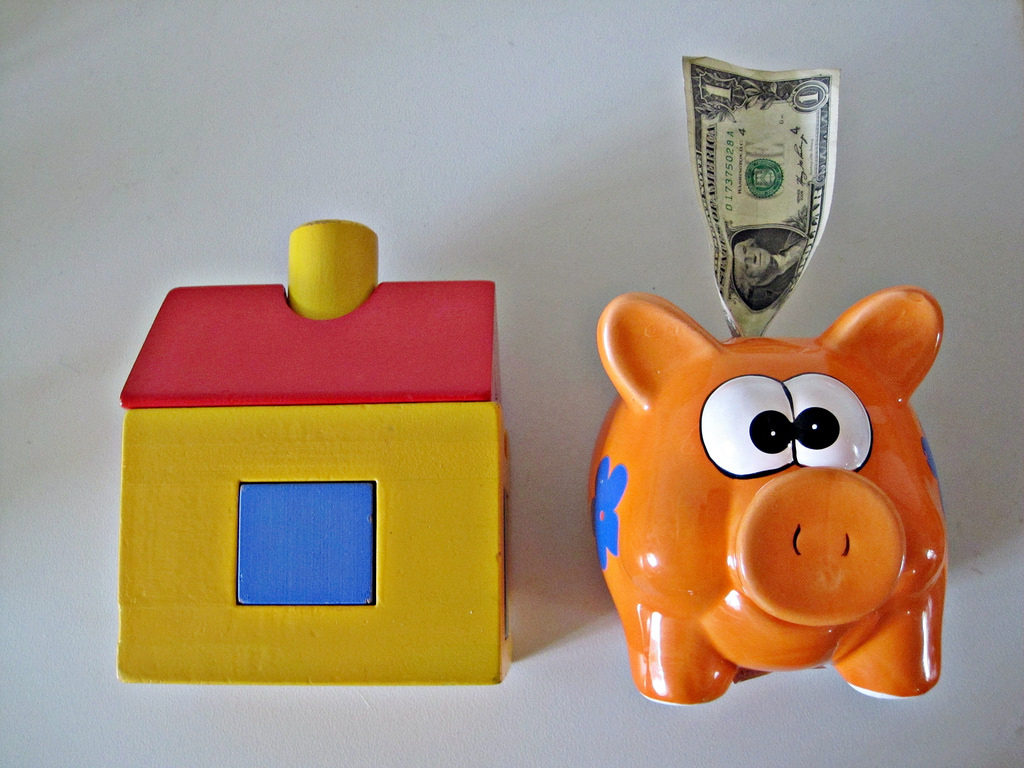Nowadays, companies are facing constant challenges with data security, and blockchain is a new way of letting companies make verified transactions seamlessly. Currently, many top financial companies use the benefits of the distributed ledger technology to make secure, transparent and inexpensive transactions. An additional benefit is the fact that companies are able to track the movement of their assets, which increases the control of your cash flow.
What is a blockchain?
Blockchain is a data structure that creates a digital ledger of transactions and shares it through your own network of storages or computers. The ledger can be easily manipulated through the built-in cryptography.
Recorded data becomes extremely difficult to be changed, removed or corrupted. When an individual wants to add to it, all participants can evaluate and verify the transaction. Moreover, every participant has a copy of the existing blockchain. A new block of information can only be added when the majority validates the transaction.
The type and the size of the company determine the configuration of the blockchain. Every configuration uses different consensus mechanisms. Everyone can contribute to the Bitcoin blockchain ledger due to the fact that it is public.
Every transaction of a company has its own digital signature. Transactions that have occurred at the same moment can be combined to create a fingerprint. Once validated, a fingerprint is stored in the blockchain and then the signatures can be verified numerous times giving companies the opportunity to monitor every transaction.
History of Blockchain
Satoshi Nakamoto published a paper describing bitcoin and its purposes in 2008. He claimed that bitcoin could be used to send and receive payments between two entities without the help of third-party financial institutions. All transactions were recorded on a blockchain ledger, and each was with its unique digital signature. Participants of the network could run complicated algorithms to verify the authenticity of these signatures. However, the cryptocurrency got a bad reputation due to the fact that it fuelled the underground online drug bazaar Silk Road and many others from this category.
Building Blocks
Blockchains have three main components: network protocol, network of computers and consensus mechanism.
The network of computers is called nodes. Each node has a copy of the entire ledger and if one computer goes down, then it’s not all lost.
The consensus mechanism is a set of rules which validate the authenticity of each transaction. This mechanism is also called “proof of work” because participants run algorithms to verify the signature. Of course, in personal blockchain networks the mechanism can be a bit more loose, because there is already a trust between the individuals.
Removal of the Middleman
The main benefit of the blockchain architecture is that it eliminates the middleman, which in most cases is a financial institution. Working with a third-party organization can slow the process with a couple of days, and they always collect a significant fee.
A common network protocol allows participants to communicate between one another during the process which cuts the time taken to just a couple of minutes, which significantly boosts the efficiency of this payment method.



